Recently I learned a new word: “faux-meadow”. A fake meadow, in plain English. It came up in the context of a talk about turning conventional lawns into wildflower meadows, from scratch, in line with the modern trend to create a more beautiful, but also more nature friendly - if less tidy - environment using native plants. “From scratch” here means from seeds, spread onto carefully and expensively prepared, completely weed free ground, whereas the faux-meadow would be a lawn simply left unmowed but optionally enhanced with already mature meadow plants. Having struggled for over twenty years to maintain a wild, open field as a pleasing flowering meadow it finally dawned on me that just about any meadow or field in the North-East is a kind of a fake, a result of the US east coast being by nature forest, not prairie country. Just about all open land here wants to be forest again, not meadow. The trees after all reclaimed the farms abandoned a century ago, not grasses and other meadow plants; that is no different today. The native meadows which do exist in our area are wet meadows, by themselves an endangered habitat, with their own assortments of wetland plants. Such swampy meadows are too wet for trees, houses or front lawns.
Just like no forest will naturally grow in the prairies, in forest country any abandoned hay meadow or corn field will eventually be taken over by tree sapling and shrubs, both native and alien. Most of what I see here on wildflowers along roadsides and in open fields are various goldenrods and asters, but nowhere near the variety as in a patch of North Dakota prairie. I have never seen in New York or Connecticut a purple coneflower outside a garden.
Today the first woody plants reclaiming an abandoned field are alien species from Eurasia. That is no coincidence; with agriculture and settlements and all that goes with it - roads, gardens - we have created the sunny and windy open spaces to which Asiatic shrubs and vines are much better adapted than our forest plants. See how forsythia, but also bush honeysuckles, multiflora rose, porcelainberry and barberry hug the ground to form impenetrable thickets; by hugging the ground they protect their soil moisture and in the process smother as well all plants below. These oriental shrubs and vines will stay with us and in time become quasi natives, just like the daisies in the meadows, because we have created for them the perfect habitat – open, sunny, windy. Quite the opposite of the calm conditions in a forest. Forest shrubs like witchhazel and spicebush have an open and airy habit; in the woods the pinxter azalea always flowers a week earlier than in my open and windy garden. The lawns -into -meadows movement thus is joined to the big battle against invasive alien plants, which are now unfortunately forever part of our landscape.
A wildflower-meadow, no matter how you created it, is vastly superior to a large lawn, but it is still a garden. It is a mini prairie - artificial, and just like any garden in NW Connecticut not a self-sustaining natural environment. Once rose and bittersweet or native dogwoods have rooted, an annual mowing only prunes the ever more thickening rootstocks; to maintain an open meadow, those rootstocks and tree saplings have to continuously be cut or dug out. It still takes a gardener’s spirit and sweat and optimism to maintain that beautiful wildflower meadow.
Wildflower meadows, as wonderful as they are and beneficial for our insect and bird populations, they are only one alternative to that too-large lawn or an abandoned field. As the prairies are famous for their abundance of wildflowers, so the east coast of North America is famous for its richness of native tree and shrub species. Here in NW Connecticut, where every open field wants to become woods again, it would make sense to include woody native plants into the remake of an oversized lawn or abandoned field. Dependent on location, it can be a copse of native trees or shrubs , or it can mean bringing a forested border closer in. There is a tremendous variety of trees and shrubs to choose from; I recommend some of the neglected rarer species: sourwood, yellowwood and tupelo for example with their spectacular fall colors, but also hop-hornbeam, catalpa, bay magnolia sweet-gum, hemlocks, all that with an understory of witchhazels and spicebush, fringetree, mountain laurel, blueberries, native rhododendron maximum and native deciduous azaleas – I get carried away by the sheer number of species . Below that canopy can grow the ferns, sedges and trilliums, the shade adapted goldenrods, and on a rocks mosses so characteristic of our native woods. Such a mini-forest plot with a multitude of textures and colors and flowers easily exists within a meadow and the now smaller lawn around the house. Specifics depend on location, terrain and soil properties and of course on one’s own vision.
It takes some planning and patience and is forever an aspirational project, whose maturity you may never see, but is at every stage beautiful and enormously satisfying.
Fritz Mueller lives in Sharon.
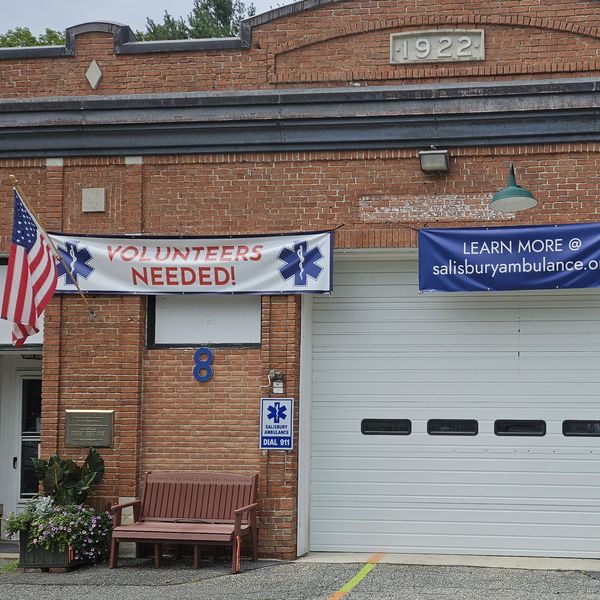
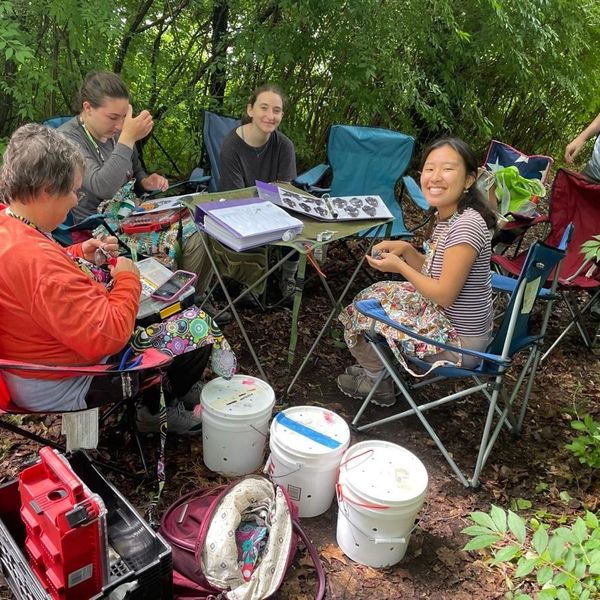
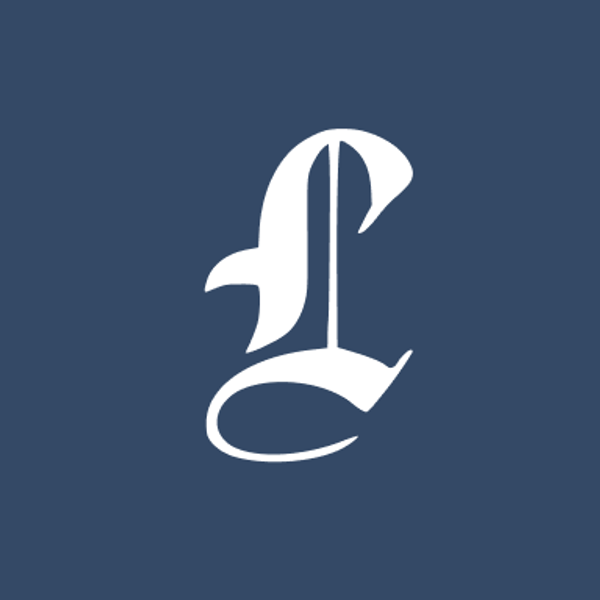
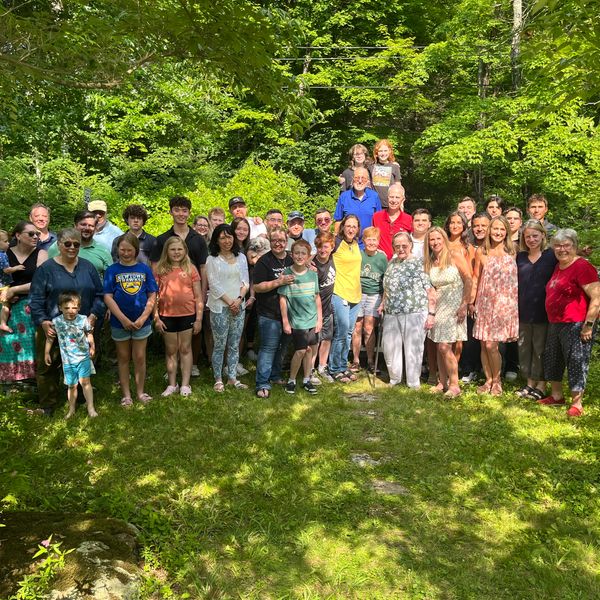
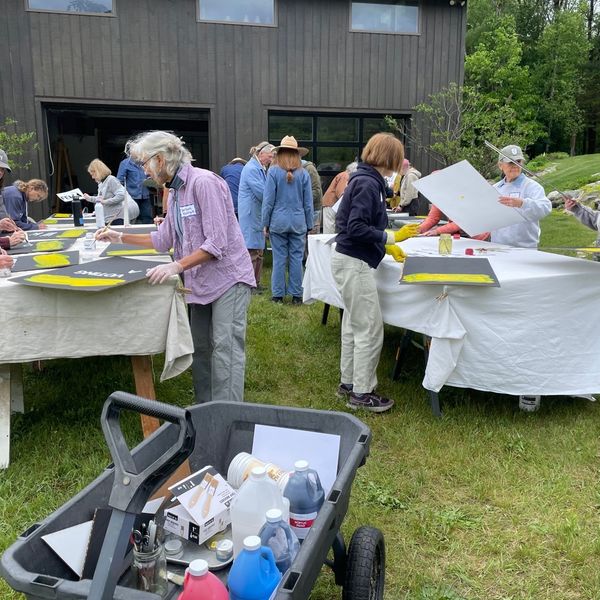
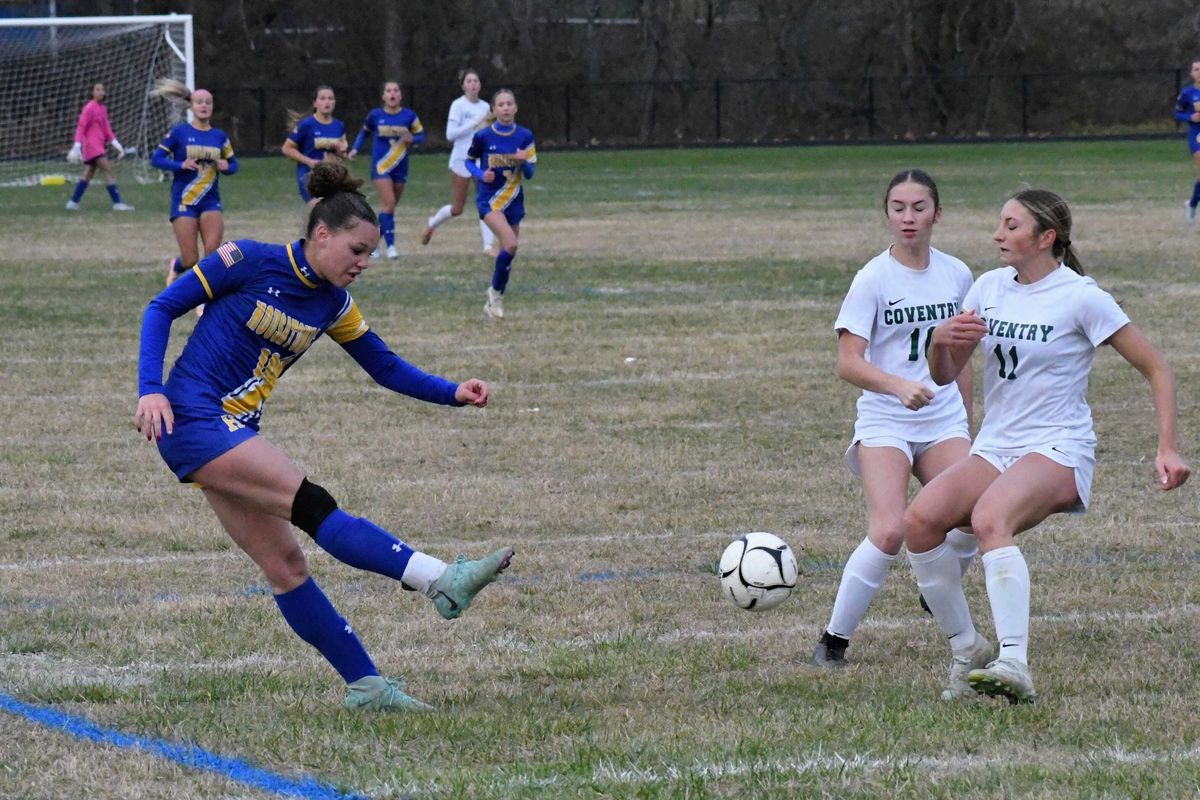
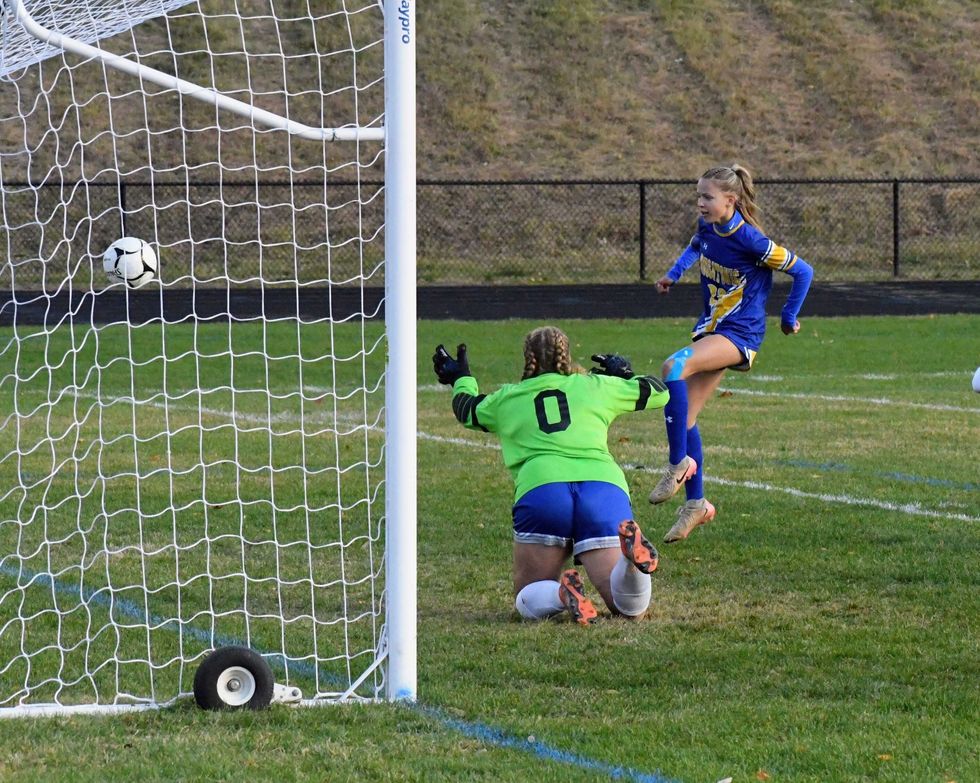 Lyla Diorio scores for HVRHS in the second-round game against Stafford High School Tuesday, Nov. 4.Photo by Riley Klein
Lyla Diorio scores for HVRHS in the second-round game against Stafford High School Tuesday, Nov. 4.Photo by Riley Klein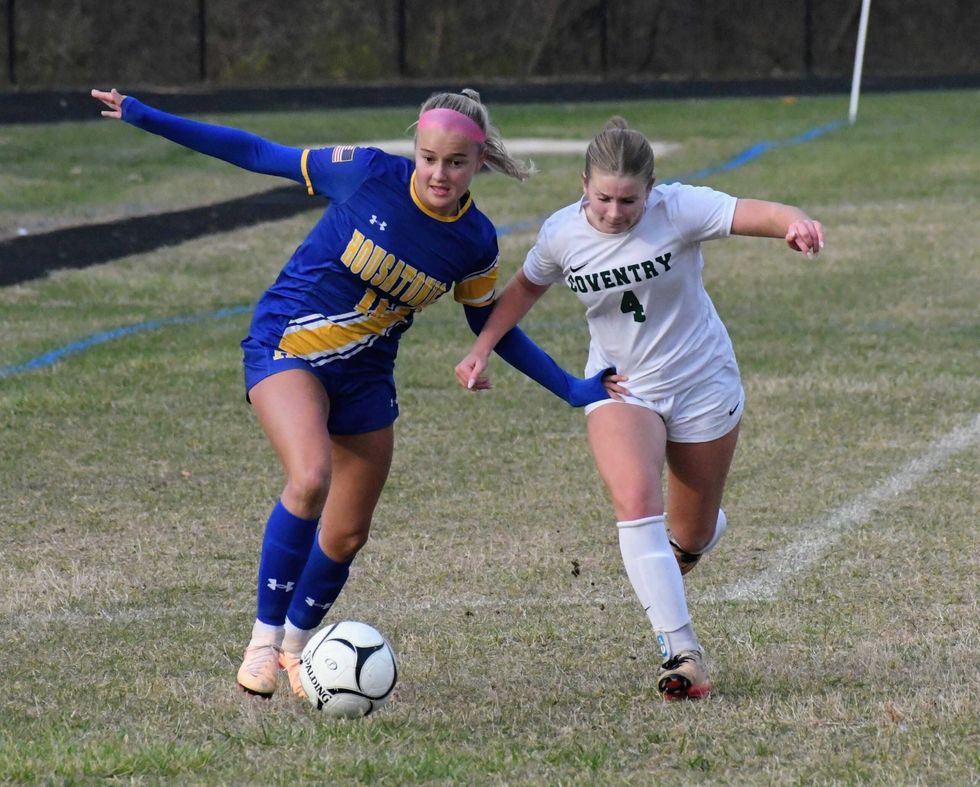 Georgie Clayton, left, races Mazie Cox for the ball.Photo by Riley Klein
Georgie Clayton, left, races Mazie Cox for the ball.Photo by Riley Klein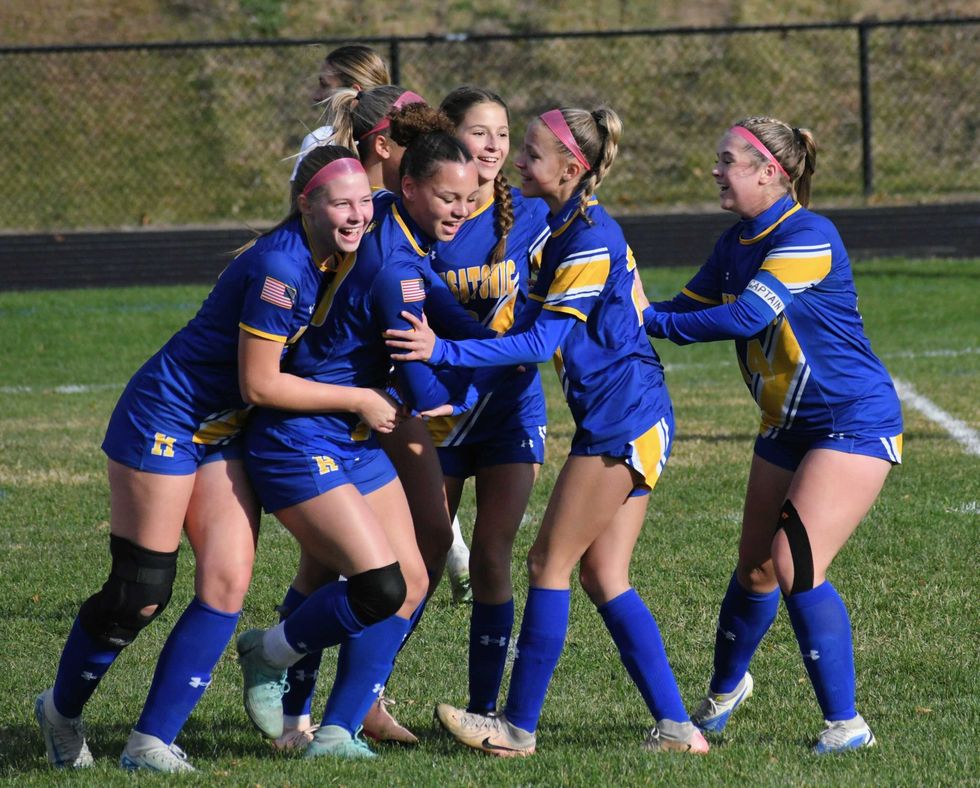 Housatonic celebrates a goal in the Class S tournament.Photo by Riley Klein
Housatonic celebrates a goal in the Class S tournament.Photo by Riley Klein Goalie Vi Salazar makes a save late in the quarterfinal game Nov. 7.Photo by Riley Klein
Goalie Vi Salazar makes a save late in the quarterfinal game Nov. 7.Photo by Riley Klein








Rethinking big lawns